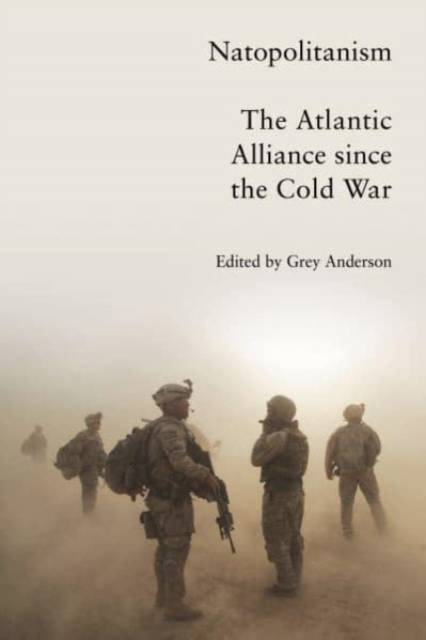
- Afhalen na 1 uur in een winkel met voorraad
- Gratis thuislevering in België vanaf € 30
- Ruim aanbod met 7 miljoen producten
- Afhalen na 1 uur in een winkel met voorraad
- Gratis thuislevering in België vanaf € 30
- Ruim aanbod met 7 miljoen producten
Zoeken
€ 29,95
+ 59 punten
Omschrijving
Did NATO cause the crisis in Ukraine? Following the Russian invasion of Ukraine, the fortunes of NATO--pronounced "braindead" only a few years prior--have been miraculously revived. The alliance, buoyed by surging European military budgets and inflows of combat-ready troops and cutting-edge hardware, looks forward to welcoming additional member states. Originally conceived as a bulwark against the Soviet Union, NATO has outlasted its ostensible foe by over three decades. Its geostrategic remit is limited to the North Atlantic in name only. Treaty obligations range from the Andes to the Gulf of Aden and the Khyber Pass, and allied commanders now prepare for battle in the South China Sea. Natopolitanism takes an in-depth look at the evolution and aggrandizement of NATO since the turn of the 1990s. What purposes does NATO serve in the post-Cold War world? What is the balance sheet of a quarter century of alliance expansion, and what part did it play in the eruption of conflict on Europe's eastern marches? Contributors to the volume, including John J. Mearsheimer, Mary Elise Sarotte, Susan Watkins, Wolfgang Streeck, and Volodymyr Ishchenko, revisit this this history as it unfolded. Varying in viewpoint and judgment, all share a critical perspective at odds with wartime pieties.
Specificaties
Betrokkenen
- Auteur(s):
- Uitgeverij:
Inhoud
- Aantal bladzijden:
- 368
- Taal:
- Engels
Eigenschappen
- Productcode (EAN):
- 9781804292372
- Verschijningsdatum:
- 29/08/2023
- Uitvoering:
- Paperback
- Formaat:
- Trade paperback (VS)
- Afmetingen:
- 156 mm x 234 mm
- Gewicht:
- 403 g

Alleen bij Standaard Boekhandel
+ 59 punten op je klantenkaart van Standaard Boekhandel
Beoordelingen
We publiceren alleen reviews die voldoen aan de voorwaarden voor reviews. Bekijk onze voorwaarden voor reviews.








